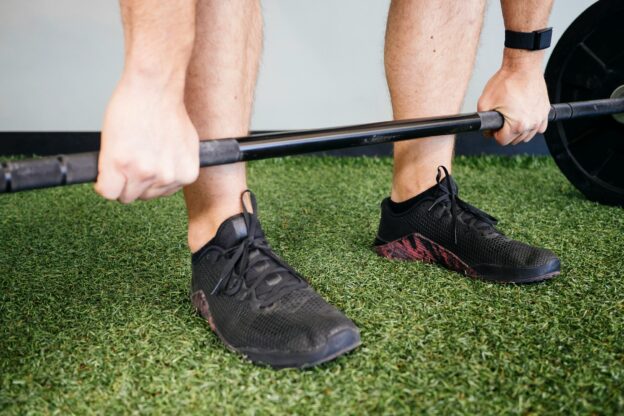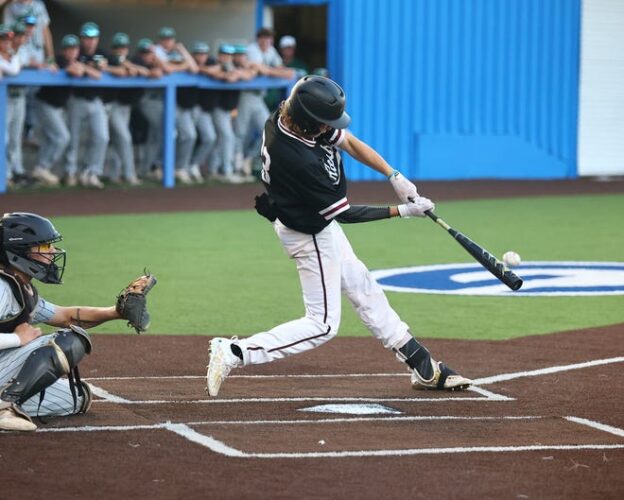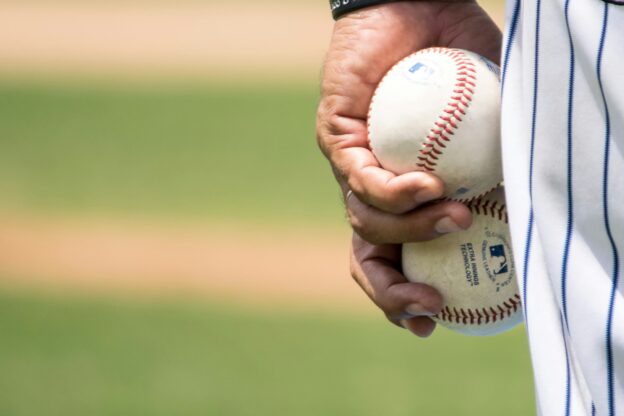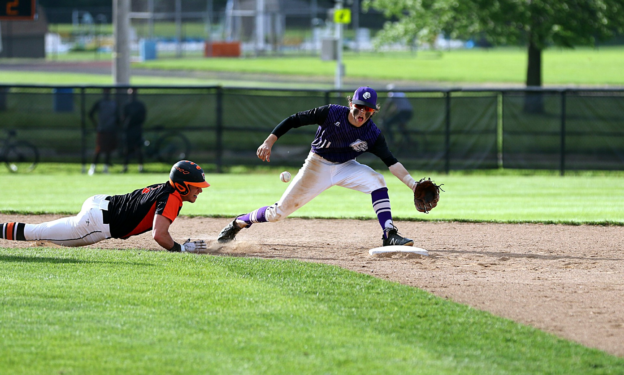High school baseball players represent a unique demographic in the athletic world. They’re in the midst of physical growth, skill development, and identity formation, making their training needs distinct from younger players or mature athletes. Strength training for this group isn’t just about building muscle—it’s about aligning programs with their developmental stage, ensuring safety, and fostering long-term athletic growth.
Let’s dive into the specific needs of high school athletes and how to create strength training programs that suit their physical, mental, and athletic evolution.
1. Developmental Considerations
The Impact of Growth Spurts
High school athletes are often navigating rapid physical changes due to puberty. These growth spurts can affect coordination, balance, and even flexibility, creating challenges that must be addressed in a strength training program. For instance:
- Reduced coordination: As their limbs lengthen, athletes may temporarily struggle with precise movements. Training should include exercises that improve neuromuscular control, such as bodyweight movements and balance drills.
- Increased injury risk: Growth plates are still developing, making athletes more susceptible to injuries like stress fractures. Programs must prioritize proper technique and avoid excessive loading of immature joints.
Varied Levels of Maturity
High school baseball players can range widely in physical and emotional maturity, even within the same age group. Some may already resemble adult athletes, while others are just beginning to develop their strength and coordination. A one-size-fits-all training approach doesn’t work. Programs should assess individual readiness and progress accordingly, ensuring each athlete trains at an appropriate level of intensity.
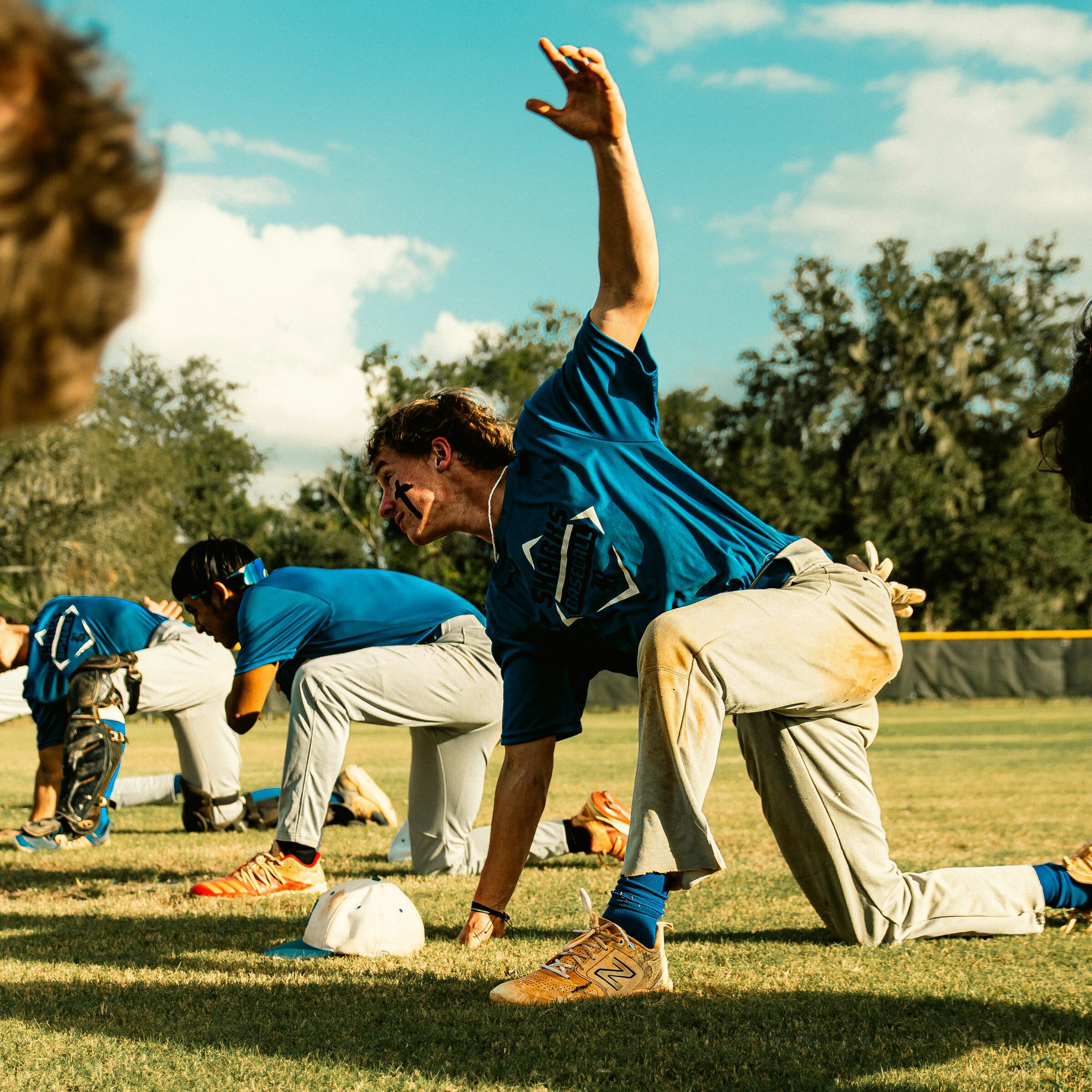
2. Focusing on Fundamentals First
Before progressing to advanced exercises, high school athletes need to master the basics. This foundation is essential for long-term success and injury prevention.
Movement Proficiency
Teaching athletes to move efficiently is crucial. This means emphasizing form and control over how much weight they can lift. Key areas of focus include:
- Squat mechanics: Developing proper hip hinge and depth to protect the knees and back.
- Push and pull movements: Balancing pushing (e.g., push-ups, bench press) with pulling (e.g., rows, pull-ups) to avoid muscular imbalances.
- Core stability: Training the core to resist unwanted motion (anti-rotation, anti-flexion) rather than just performing crunches.
Mobility and Flexibility
Baseball demands a wide range of motion, particularly in the shoulders and hips. Strength training programs should include dynamic warm-ups, mobility drills, and stretches to address these areas. For example:
- Shoulder mobility: Overhead movements and band work to maintain range of motion.
- Hip flexibility: Deep lunges and rotational stretches to support explosive actions like sprinting and swinging.
3. The Importance of Injury Prevention
Targeting Overused Areas
Baseball is a highly repetitive sport, with certain muscles and joints taking the brunt of the workload. Strength training must counteract these imbalances to reduce the risk of overuse injuries. Key areas include:
- Shoulder and elbow health: Exercises like external rotations, band pulls, and scapular push-ups strengthen the stabilizing muscles, protecting against common throwing injuries.
- Posterior chain development: Strengthening the hamstrings, glutes, and lower back helps balance the dominance of the quads and hip flexors, which are heavily used in running and hitting.
4. Avoiding the “One-Size-Fits-All” Approach
Assessing Individual Needs
Each athlete comes to the gym with a unique set of strengths, weaknesses, and goals. Some may need to work on power generation, while others require more attention to mobility or endurance. Conducting an initial assessment—including movement screening, strength testing, and flexibility evaluations—helps tailor the program to the athlete’s needs.
Position-Specific Training
Not all baseball players have the same physical demands. Pitchers need shoulder durability and rotational power, while infielders benefit from quick lateral movements and core stability. Designing programs with positional requirements in mind ensures athletes are prepared for their roles on the field.
5. Progression and Periodization
Phased Training
High school athletes should follow a structured approach that aligns with the baseball calendar:
- Off-Season: Build foundational strength and address weaknesses. Focus on progressive overload and compound lifts like squats, deadlifts, and presses.
- Pre-Season: Shift to sport-specific training, emphasizing power and explosiveness through plyometrics and medicine ball exercises.
- In-Season: Maintain strength and prevent fatigue with reduced volume and a focus on recovery.
Gradual Progression
The principle of progressive overload—gradually increasing the intensity or complexity of exercises—is key for high school athletes. However, this progression must be gradual to avoid injury. For example:
- Start with bodyweight exercises before introducing resistance.
- Move from machines to free weights as technique improves.
- Incorporate explosive movements only after mastering basic strength exercises.
6. Encouraging a Positive Training Environment
Building Confidence
For many high school athletes, the weight room can be intimidating. Coaches and trainers should create a supportive atmosphere that emphasizes effort and improvement over competition. Positive reinforcement and celebrating small victories (e.g., perfecting squat form or achieving a pull-up) help athletes feel more invested in their training.
Team Bonding
Strength training can also serve as a team-building activity. Group workouts foster camaraderie and accountability, creating a stronger sense of unity on the field.
7. The Role of Education in Long-Term Success
Teaching Lifelong Habits
Strength training isn’t just about short-term performance—it’s about instilling habits that benefit athletes throughout their lives. By teaching proper form, recovery practices, and the importance of consistency, coaches equip players with tools they can use long after their high school careers.
Nutrition and Recovery Education
Strength gains don’t happen in the gym alone. Educating athletes about the importance of proper nutrition (e.g., protein for muscle repair, carbs for energy) and recovery (e.g., sleep, hydration) ensures they get the most out of their efforts.
A Holistic Approach to Training High School Athletes
Understanding the unique needs of high school baseball players is the first step in designing effective strength training programs. By accounting for their developmental stage, emphasizing fundamentals, and prioritizing injury prevention, coaches and trainers can help high school athletes reach their full potential while laying the groundwork for lifelong health and performance.

